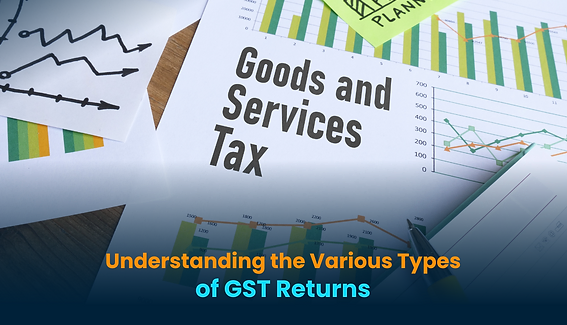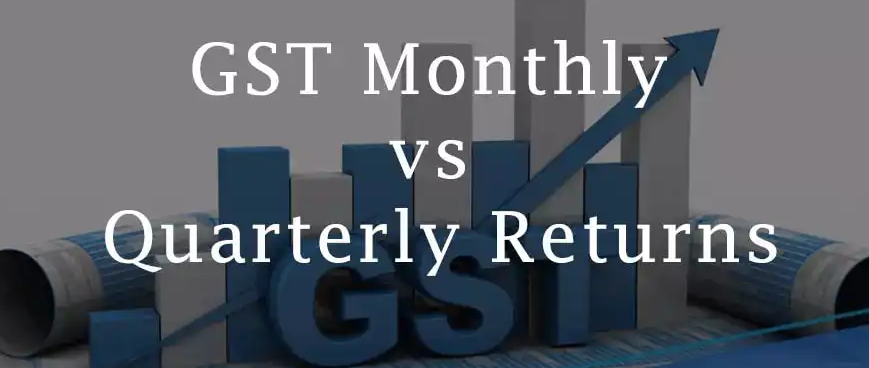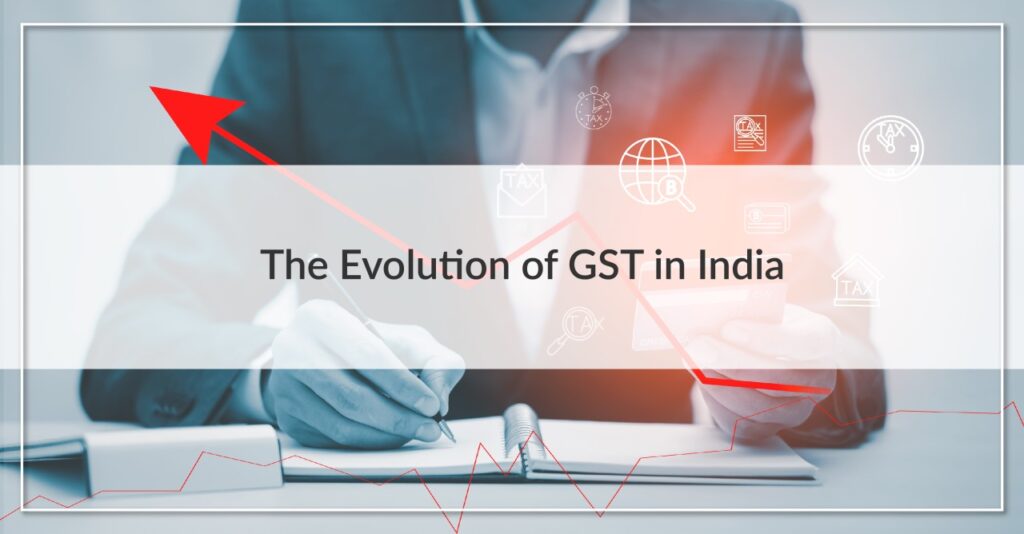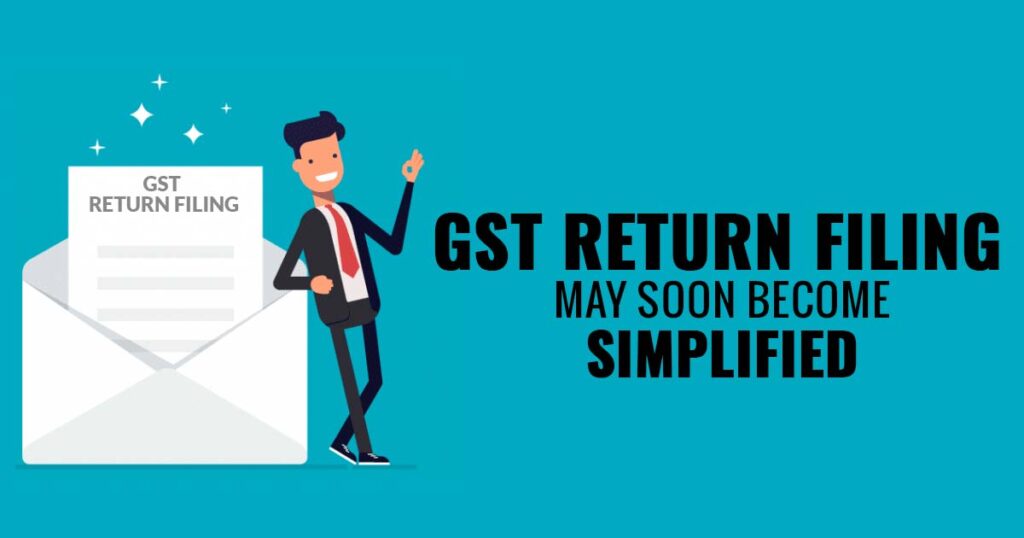Types of GST Returns in India
Goods and Services Tax (GST) is a cornerstone of India’s tax structure, ensuring seamless tax compliance and transparency. Businesses must file GST returns regularly, depending on their type of business and turnover. This blog explores the types of GST returns in India, their due dates, and their importance for businesses, particularly with SonicSoftware’s GST solutions simplifying the filing process.


1. GSTR-1: Details of Outward Supplies
- Who Should File: Regular taxpayers.
- What It Includes: Details of sales and outward supplies of goods or services.
- Frequency: Monthly or quarterly under the QRMP scheme.
- Due Date: 11th of the following month (monthly); 13th of the month after the quarter (quarterly).
Simplify GST Returns with Sonic Software
Managing multiple GST returns can be overwhelming, especially for businesses with high transaction volumes. SonicSoftware provides
- Automated GST filing
- Input tax credit reconciliation
- Real-time compliance monitoring.
- Error-free data validation
2. GSTR-2A: Auto-Generated Form for Input Supplies
- Who Should Review: Regular taxpayers.
- What It Includes: Auto-populated details of inward supplies from the seller’s GSTR-1.
- Purpose: Reconciliation of input tax credit (ITC).

3. GSTR-3B: Summary of Inward and Outward Supplies
- Who Should File: All regular taxpayers.
- What It Includes: Tax liability, ITC claimed, and payments made.
- Frequency: Monthly or quarterly under the QRMP scheme.
- Due Date: 20th of the following month (monthly) or staggered dates (quarterly).
4. GSTR-4: Composition Scheme Taxpayers
- Who Should File: Businesses under the Composition Scheme.
- What It Includes: Summary of turnover and tax payable under the scheme.
- Frequency: Annually.
- Due Date: 30th of April of the next financial year.
5. GSTR-5: Non-Resident Taxpayers
- Who Should File: Non-resident taxpayers conducting business in India.
- What It Includes: Details of inward and outward supplies, tax paid, and closing stock.
- Frequency: Monthly.
- Due Date: 20th of the following month or within 7 days after registration expiration.
6. GSTR-6: Input Service Distributors (ISD)
- Who Should File: Input Service Distributors.
- What It Includes: Details of ITC distributed and received.
- Frequency: Monthly.
- Due Date: 13th of the following month.
7. GSTR-7: TDS Deductors
- Who Should File: Tax deductors under GST.
- What It Includes: Details of TDS deducted and deposited.
- Frequency: Monthly.
- Due Date: 10th of the following month.
8. GSTR-8: E-Commerce Operators
- Who Should File: E-commerce operators who collect TCS.
- What It Includes: Details of supplies made and tax collected.
- Frequency: Monthly.
- Due Date: 10th of the following month.
9. GSTR-9: Annual Return
- Who Should File: All regular taxpayers (except composition scheme).
- What It Includes: Consolidated details of supplies, ITC, and tax paid for the financial year.
- Frequency: Annually.
- Due Date: 31st December of the next financial year.
10. GSTR-10: Final Return
- Who Should File: Taxpayers whose registration has been canceled.
- What It Includes: Details of pending liabilities and ITC.
- Due Date: Within 3 months of cancellation or order date.
11. GSTR-11: UIN Holders
- Who Should File: Persons with a Unique Identification Number (UIN), such as foreign embassies.
- What It Includes: Details of inward supplies for refund claims.
- Frequency: Monthly.
- Due Date: 28th of the following month.




